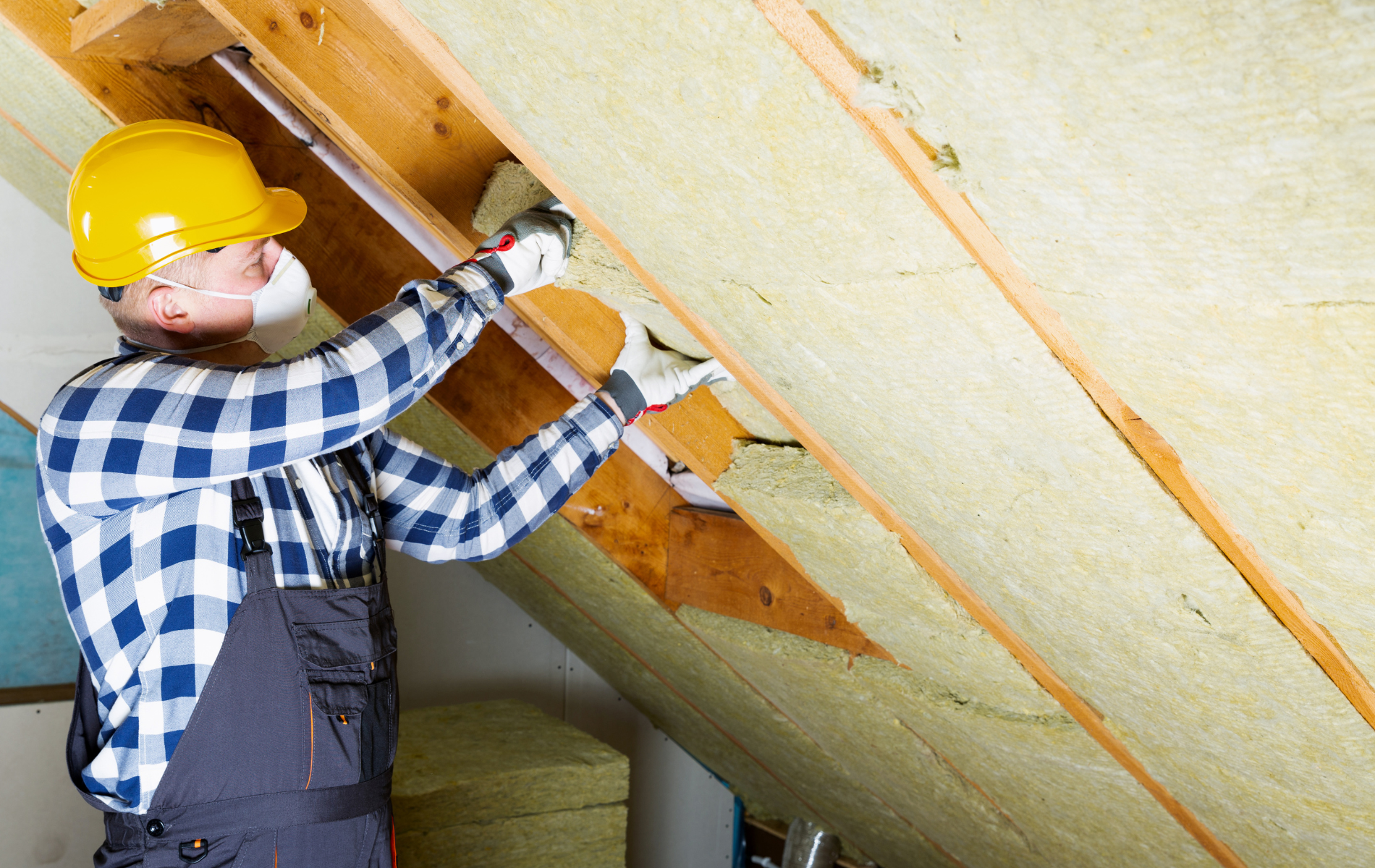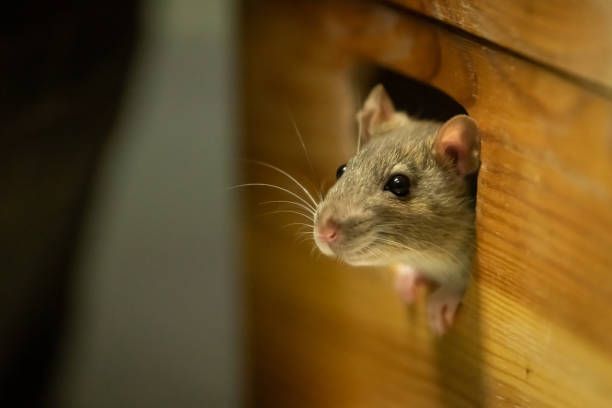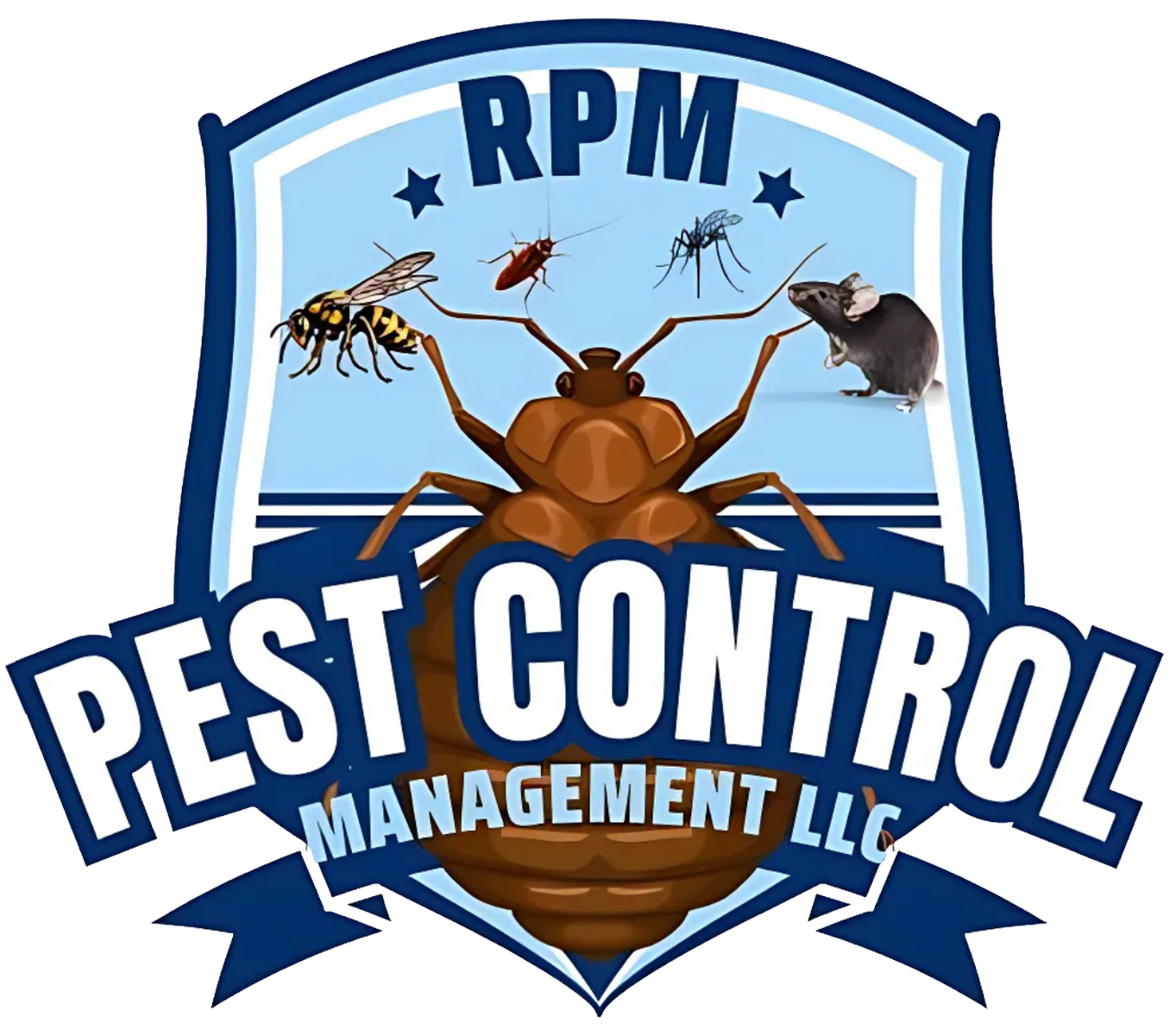Skunk & Woodchuck Removal in Monroe County: Safe, Humane, Professional
Skunk & Woodchuck Removal in Monroe County: Safe, Humane, Professional
Skunks and woodchucks—also known as groundhogs—may seem harmless at first glance, but once they’ve taken up residence on your property, they can quickly cause damage, disrupt daily life, and become a persistent nuisance. Whether you live in suburban Rochester or manage a rural property in Monroe County, these burrowing animals can wreak havoc by digging under sheds, weakening foundations, destroying gardens, or contaminating barns and crawlspaces.
At RPM Pest Control Management LLC, we specialize in safe, humane wildlife removal—protecting both your property and the animals themselves. In this guide, we explain why skunks and woodchucks are a growing issue in Upstate New York, how to spot signs of their activity, why DIY removal often fails, and how our proven process eliminates the problem for good.
Why Skunks and Woodchucks Are a Problem
Both animals are common throughout Monroe County, especially in
semi-rural neighborhoods, agricultural zones, and areas near wooded parks or undeveloped lots. They’re drawn to properties that offer shelter, food, and protection from predators.
Skunks
- Spray a powerful, noxious odor when threatened (including pets and humans)
- Burrow under decks, sheds, patios, and porches—weakening the structure
- Can carry rabies and other diseases
- Often invade
chicken coops, crawlspaces, and trash storage areas
Woodchucks (Groundhogs)
- Dig
extensive burrow networks that can stretch under garages, barns, and sheds
- Their tunnels can
destabilize foundations or lead to soil erosion
- Frequently feed on
vegetable gardens, ornamental plants, and agricultural crops
- May chew on wood or plastic irrigation systems
Both animals:
- Can introduce
fleas, ticks, and mites to your yard or barn
- Attract
predators like foxes, coyotes, or stray dogs once established
- Are
protected in many regions, meaning that improper trapping or relocation can lead to fines or legal trouble
In short: if left unchecked, these seemingly small animals can lead to big property headaches—and potential health hazards.
Signs of Skunk or Woodchuck Activity
The earlier you spot a problem, the easier it is to resolve it humanely. Here are the
key signs that skunks or woodchucks may be active on your property:
- Fresh burrows near sheds, decks, barn foundations, or garden beds
- Oval-shaped holes about 4–6 inches wide with fresh soil nearby
- A distinct
musky, sulfur-like odor, especially around crawlspaces or under porches
- Chewed vegetation, especially leafy greens, melons, and flowers
- Visible
tracks or droppings near structures or fencing
- Woodchucks seen during the day, grazing near tree lines or gardens
- Skunks spotted at dusk or night, near trash bins or along fence lines
Woodchucks are mostly diurnal (active during the day), while skunks are nocturnal. So if you’re noticing animal activity both day and night, you may be dealing with both pests simultaneously.
DIY Removal Risks and Limitations
It may be tempting to set a trap or sprinkle repellent granules around the yard—but wildlife removal isn’t as simple as it seems. In fact,
most DIY approaches are ineffective and risky, especially with skunks and woodchucks.
Here's why:
- Getting sprayed by a startled skunk is not only unpleasant—it can linger for days, soak into wood, and even affect indoor HVAC systems.
- Improper trapping may be illegal in parts of New York State without a nuisance wildlife permit.
- Relocating wildlife is regulated. Transporting animals more than a few miles may spread disease or violate DEC regulations.
- Injured or stressed animals can become aggressive, leading to bites or scratches.
- DIY methods often
fail to address the root cause, allowing new animals to move in.
If you've tried flooding a burrow, using ammonia, or setting a basic trap without success, you're not alone. Many Rochester-area homeowners turn to RPM after weeks or months of failed DIY attempts—sometimes after damage has already been done.
RPM’s Safe, Humane Wildlife Removal Process
At RPM Pest Control, we offer a
complete solution for nuisance wildlife—not just trapping. Our process is designed for safety, compliance, and long-term prevention, and we’re fully trained in New York State wildlife handling protocols.
Step 1: Detailed Inspection
- We inspect the property to
identify burrow locations, denning sites, and entry points
- Look for signs of
multiple animals or species
- Use
trail cameras or motion sensors if activity occurs after dark
- Evaluate
property vulnerabilities like deck gaps, crawlspaces, or loose fencing
Step 2: Live Humane Trapping
- We use
DEC-approved live traps with species-specific bait
- Traps are
monitored daily to ensure the animal’s welfare
- We follow
humane capture and handling protocols, with minimal stress to the animal
- Skunk traps are covered to
prevent spraying
Step 3: Relocation & Legal Compliance
- Once captured, animals are
relocated safely and legally, according to DEC guidelines
- We work with
local wildlife release sites and ensure no dependent young are left behind
- If relocation isn’t viable (due to season, health, or species), we follow all ethical and regulatory procedures
Step 4: Exclusion & Structural Repairs
- Seal burrow entry points under
decks, barns, porches, and sheds
- Recommend
barrier fencing, gravel skirts, or welded wire mesh where needed
- Advise on landscaping changes to
reduce attractants (e.g., removing fruit trees, compost bins, etc.)
[Learn more about our wildlife services – https://www.rpmpestcontrolmanagement.com/]
Seasonal Trends for Wildlife in Rochester
Wildlife activity varies by season—but
skunks and woodchucks can become a problem at nearly any time of year in Monroe County.
Spring through Fall
- Woodchucks are most active from March through September
- Breeding occurs in
early spring, with baby groundhogs emerging by late April or May
- Peak burrowing and feeding damage happens during summer
Fall and Early Winter
- Skunks become more visible as they search for warm denning sites for the winter
- Crawlspaces, barns, and garages are common shelters
- Late fall is a critical time for
exclusion repairs and sealing
Winter
- Skunks may enter
torpor (light hibernation) but will still emerge during warm spells
- Woodchucks typically hibernate fully, but their tunnels remain active sites for other animals
RPM offers seasonal maintenance plans for properties with recurring wildlife problems—especially farms, gardens, and rural estates.
FAQs
Q1. Is skunk removal safe for pets and kids?
Yes. We use
safe, humane traps and never apply toxic chemicals. Our technicians take care to place traps in protected areas away from pets or children.
Q2. Can you remove animals from under porches, decks, or sheds?
Absolutely. These are common denning sites. We specialize in
tight-access removal and post-removal exclusion services.
Q3. Do you handle repairs after removal?
Yes. We can
seal entry points, install barriers, and recommend trusted local contractors for more extensive structural work.
Call RPM for Skunk & Woodchuck Removal in Monroe County
If you suspect skunks or woodchucks are nesting on your property—or you’ve already noticed damage—don’t wait. These animals can cause
long-term property issues, from foundation damage to contaminated barns.
At
RPM Pest Control Management LLC, we provide
fast, humane, and fully licensed wildlife removal services throughout Rochester, NY and greater Monroe County.
We work with:
- Homeowners with gardens, patios, or crawlspaces
- Horse properties, chicken coops, and hobby farms
- Rental homes and property managers
- Agricultural and outbuilding sites
Call (585) 301-5811 or schedule your inspection online to get help today. Our wildlife experts are ready to help you protect your land—safely and responsibly.


